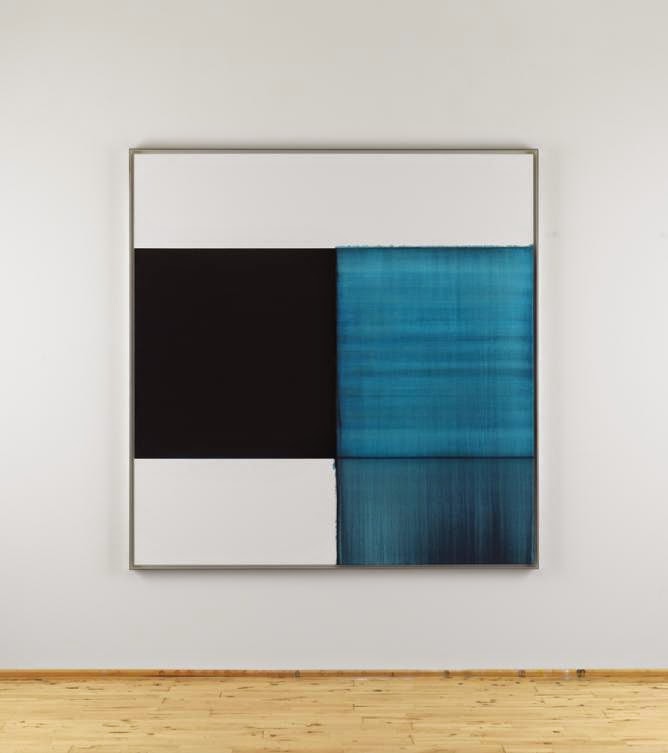In 1653, Rembrandt (1606-1669) created the etching “The Three Crosses”. There are four “states” of this image which depicts Christ on the cross between two thieves, surrounded by a crowd of people.
“States” are created by taking a print then revisiting the plate, changing something and reprinting the image – so the overall image is the same but with minor changes to texture, figures, shadows, etc.

I think this is an interesting image as, whilst the overall image is the same, in my opinion the small changes make it seem like a “spot-the-difference” puzzle. I think this engages the viewer and makes them concentrate more on what is actually in the image.
The changes in the amount/colour of ink and the various textures created when removing some of the ink, adds interest as these factors change the illusion of light and shadow as well as making the different parts of the image more, or less visible.I like the third state most as, while it still gives the impression of the light and darkness, it is not as bright/harsh as some of the others.
I don’t think this image has a hidden meaning, I think it is just an illustration of what Rembrandt imagined Jesus’ crucifixion could have been like. I also think these images have an almost “illustrated Bible” feel to them as the general impression is that Rembrandt was trying to show what he believed that moment of history was like – much like anyone from a time long after that which they were drawing, Rembrandt wouldn’t have had a clue as to what it would have been like for the people there because he wasn’t there.











%2C_1890-91_(190_Kb)%3B_Oil_on_canvas%2C_60_x_100_cm_(23_5-8_x_39_3-8_in)%2C_The_Art_Institute_of_Chicago.jpg)









